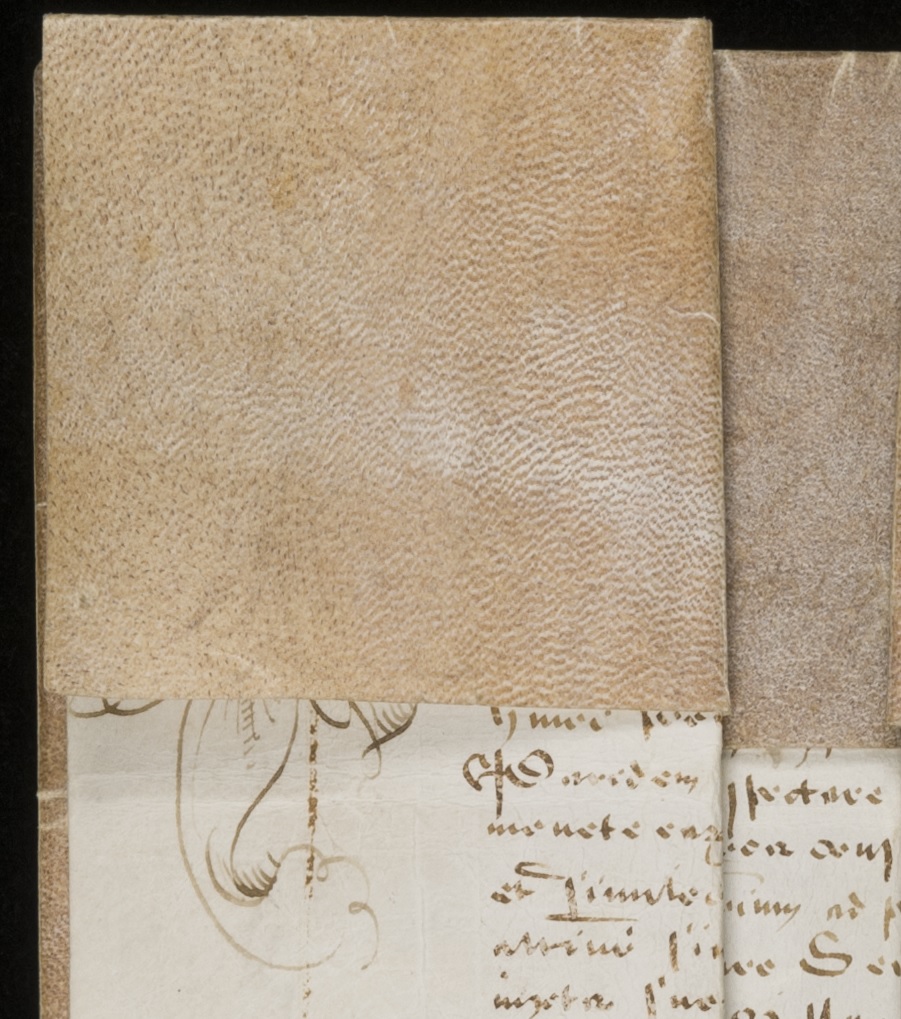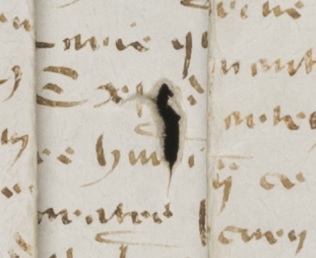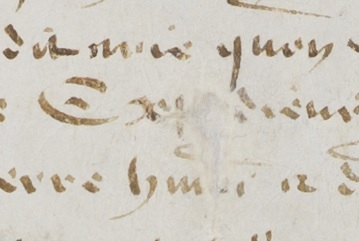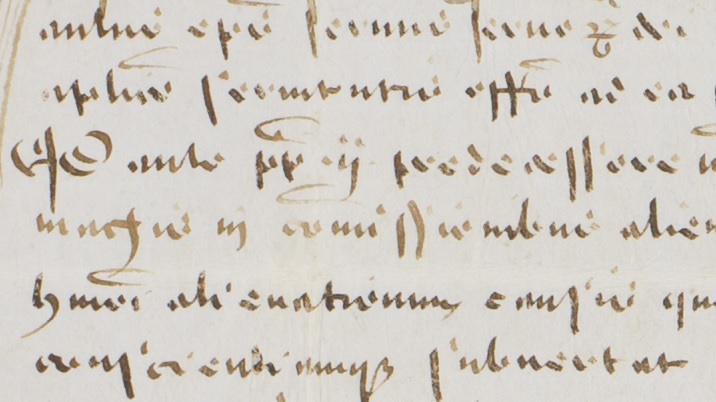The Archives and Special Collections Center recently had conservation work performed on an early 17th century Papal Bull issued by Pope Paul V, who was Pope from 1605 until his death in 1621. The Papal Bull is a large vellum document with a lead seal attached by a cord. It was donated to the Archives by Dr. Herbert Kraft, a Professor Emeritus of anthropology at Seton Hall and director of the Seton Hall University Museum of Archaeology and Anthropology.
Pope Paul V was born Camilo Borghese in Rome in 1550. He studied jurisprudence at Perugia and Padua and became a renowned canon lawyer. He was made a cardinal in 1596 by Pope Clement VIII and was elected as Pope Leo XI’s successor in May 1605. Pope Paul V was most famous for persecuting Galileo for his defense of the heliocentric theory of Copernicus. He also canonized St. Charles Boromeo, Frances of Rome and Albert de Louvain and beatified Ignatius Loyola, Philip Neri, Teresa of Avila and Francis Xavier.

Prior to its conservation, the Papal Bull was folded several times and remained in a folded condition for so long that it was impossible to unfold without risking damage to the document. Conservators at the Conservation Center for Art and Historic Artifacts in Philadelphia were able to use a process of humidification, which is the controlled introduction of moisture, to increase the suppleness of the vellum and to allow the document to be unfolded and safely flattened. Once the document was flattened, they cleaned its surface with soft polyurethane sponges and mended a small hole in the vellum. Finally, the document and seal were housed in a custom-made mat designed to support the heavy lead seal and framed for easy displaying.



Conserving the Papal Bull revealed its text and intricate design. However, the beautiful, ornate script presented a challenge for translators. We consulted Dr. Michael Mascio in Seton Hall’s Classics Department for assistance with translating the document. He was unable to decipher the script, and conferred with a few colleagues around the country who also were unable to decipher it. On his recommendation we contacted a specialist in this area of script analysis, the Reverend Doctor Federico Gallo of the Biblioteca Ambrosiana in Italy. Rev. Dr. Gallo was able to work on the text during the summer months to provide us with a translation from the archaic Latin script to modern Latin. Dr. Michael Mascio is now working with Dr. Frederick Booth, also in Classics, to translate the modern Latin to English.
